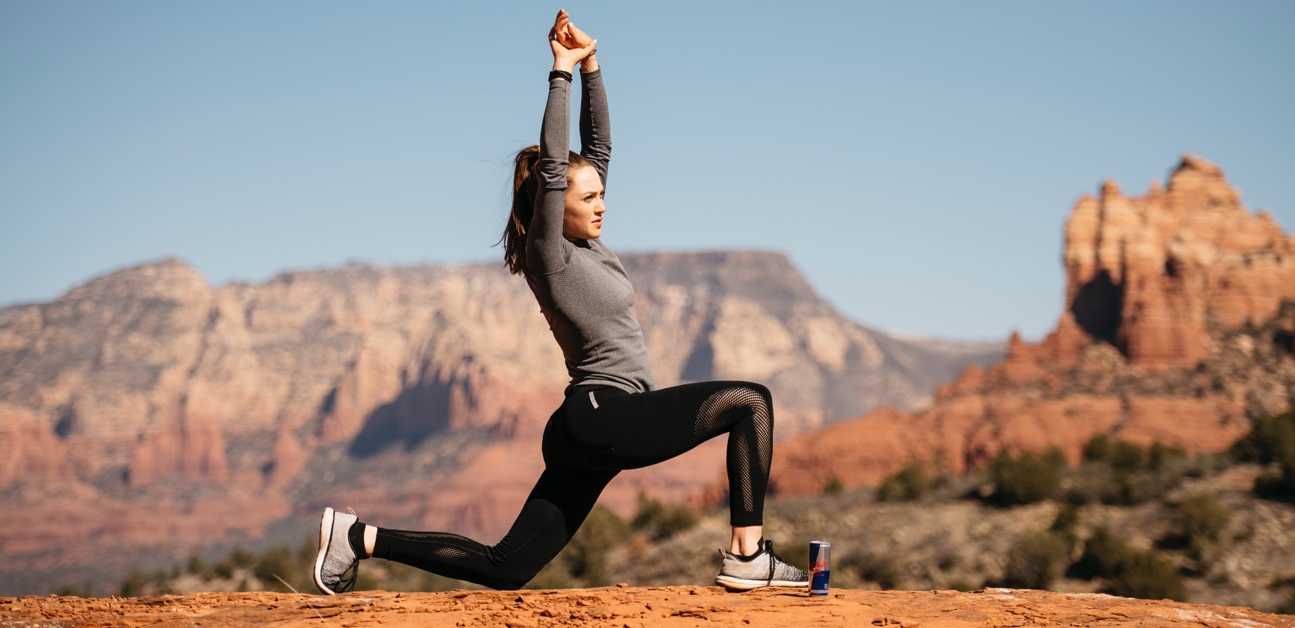How to Maximize Recovery In Between Hard Workouts

When you have multiple hard workouts per week, the recovery in between those workouts is crucial. 2018 Elite XCO World Champion, Kate Courtney, shares how to get the most out of your downtime so that you can nail your next hard workout.
For Kate Courtney’s full interview check out Ask a Cycling Coach Ep 272.
Improve Your Recovery
Depending on your schedule and the structure of your training plan, you might have a few days of back-to-back intensity or two hard workouts close together in your training plan. Even low-volume training plans will have multiple high-intensity workouts per week. This makes the recovery in between your workouts an essential part of your training. While everyone recovers at their own rate, there are things that everyone can do to improve their recovery process.
World Champion Kate Courtney is a recovery pro. She frequently does big training rides and many multiple days in a row of hard training. For Kate, getting the highest quality recovery between workouts is the key to nailing her training blocks and getting the most out of each day. Here are some of the strategies Kate implements to enhance her recovery after big training days.
Add a Recovery and Mobility Routine
To assist her recovery after hard cycling workouts, Kate does twenty minutes of yoga and a few of Dr. Kelly Starett’s mobility exercises on the Ready State app. Kate doesn’t do the exact same exercises every day though. Kate says she’s learned with experience that recovery isn’t always about diligently hitting the same routine at the same hour every day. Instead, to ensure the most efficient and effective recovery process Kate listens to her body and adjusts her routine and exercises based on how she’s feeling.
Adaptive Training
Get the right workout, every time with training that adapts to you.
Check Out TrainerRoadJust like training, recovery routines are most beneficial when done consistently. You don’t need to spend a ton of time doing exercises for them to be useful, though. Kate spends roughly half an hour doing yoga and exercises. If you want to add a recovery routine to your schedule, all you need is a few high-quality activities and fifteen to thirty minutes. Foam rolling and stretching are options in addition to yoga and mobility exercises.
Use Your Time Effectively
On a hard training day, Kate usually does her cycling workout, returns home, drinks a recovery shake, showers, focuses on replenishing with high-quality food, taking a nap, and then following it up with yoga and mobility work. At the end of the day and after dinner, she will usually use some of her recovery products and relax.
Hydration, rest, and nutrition are an important part of her recovery process, so she makes sure she allocates time and energy for those things as well. If you don’t have time to add mobility work or foam rolling into your routine, try and put a little extra care into those other aspects of recovery like refueling and re-hydrating.
If you do have recovery exercises you can do, don’t feel like you have to jump straight into your recovery routine after a workout. Eat, shower, rehydrate, and attend to other responsibilities before you attend to your recovery. This way, you’re less likely to rush through those activities and more likely to give them the care and attention they deserve. For example, if you train in the morning before work, do your recovery work later in the day when you have downtime.
Kate says you can even multitask and find ways to make your recovery time more enjoyable or productive. Putting your legs up and doing some work, or foam rolling while you watch TV in the evening can help with the mental aspect of recovery while giving you further opportunity to fit it in.
Focus on High Quality Sleep
High-quality sleep is an important part of recovery. Kate says she tries to get nine hours of high-quality sleep every night. For Kate, the key isn’t sleeping in as late as possible or going to bed at 8:30. Instead, she tries to focus on maintaining a consistent sleep schedule with the same window of time. Generally, Kate says she tries to fall asleep around 10:30 and wake up at 7:30
Sleep is a very personal aspect of training. Some athletes can get by with less while others require much more, so Kate’s unique approach to sleep is unlikely to be the perfect sleep schedule for you. To figure out what the best sleep schedule is for you, try tracking your sleeping habits. Record when you went to bed, when you wake up and whether you felt the sleep quality was high or low. Tracking sleep, in conjunction with variables that affect sleep, like stress, food, and hydration, can help you find the right sleep schedule for you.
It Adds Up
Rest and recovery can require as much discipline as training does. Kate says, “It’s not super complicated, but actually forcing yourself to do it every day can be a bit difficult.” If you treat it as a necessary aspect of training, it can be easier to make time for it and add it to your training regimen. Even if you only have time for a little extra recovery work, those small habits will add up over time and might even help you get a workout done you thought you wouldn’t be able to do.
For More From Kate…
Kate uses Whoop, HyperIce, and Norma Tec products during her recovery routine. For more information on them, click the links above or give Kate a follow on Instagram (@kateplusfate) and learn more about them there!
For more cycling training knowledge, listen to Ask a Cycling Coach — the only podcast dedicated to making you a faster cyclist. New episodes are released weekly.